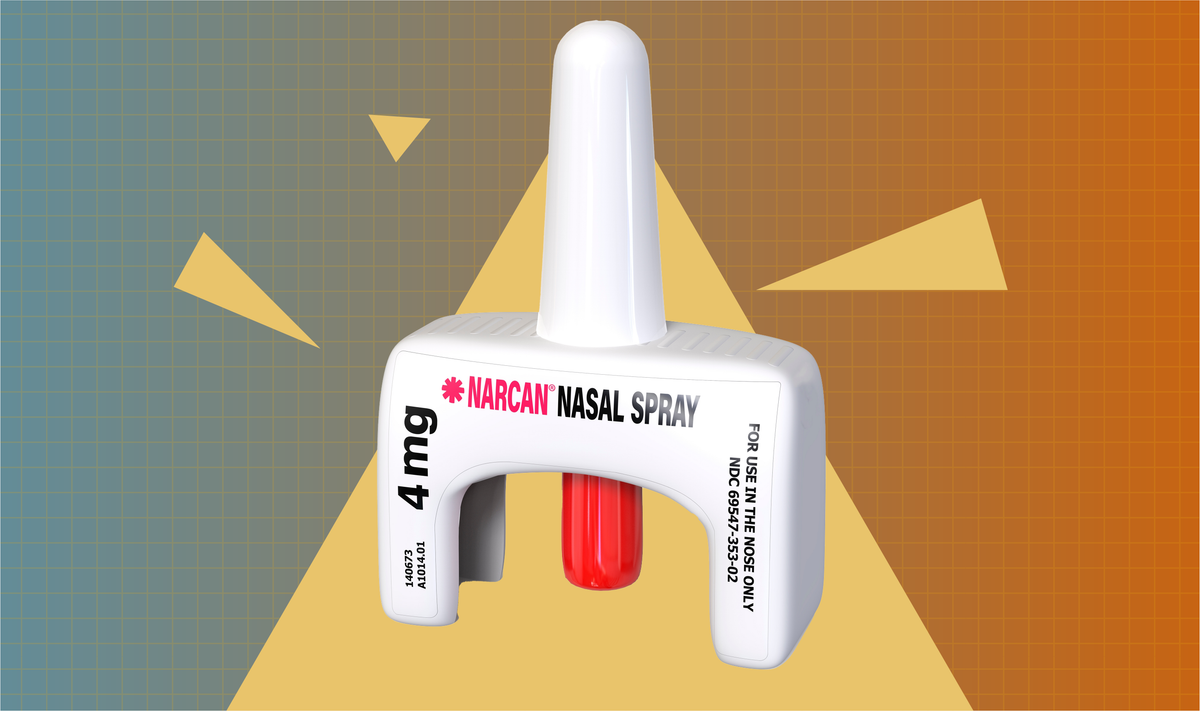Social media users falsely suggest that naloxone is dangerous to health
A new bill to expand access to naloxone and SUD services received both celebration and stigma.

A new bill to expand access to naloxone and SUD services received both celebration and stigma.
Recent social media posts responded to a tabloid article alleging that “vigilantes” in San Francisco are spraying naloxone into the noses of unsuspecting unhoused people at random, igniting debate about whether naloxone causes withdrawal symptoms or health problems. Other posts debated the effectiveness of national and state efforts to prevent overdose deaths by expanding access to naloxone and other harm reduction tools.
Given these discussions, communicators may share information about naloxone’s safety and outline the benefits of harm reduction programs.

Insights brought to you by the reporters and science writers of Public Good News (PGN), a nonprofit newsroom dedicated to improving community health.
What’s trending nationally in conversations about substance use
On September 12, a tabloid reported that “vigilantes” in San Francisco are allegedly spraying naloxone into the noses of unhoused people who are not necessarily exhibiting overdose signs. The article said that this has been triggering “violent sickness” and sudden opioid withdrawal in some unhoused people. Social media users debated the ethics of using naloxone this way and whether naloxone causes painful withdrawal symptoms, with some falsely claiming that naloxone can be dangerous to health (however, naloxone can cause withdrawal symptoms that are not life-threatening). Some correctly noted that naloxone should be administered when an overdose is suspected and that it’s safe to administer even if the person is not overdosing or is not overdosing on opioids. Commenters also shared stigmatizing attitudes toward unhoused people, especially those with substance use disorder, while others correctly acknowledged that SUD can happen to anyone and that many factors can cause people to become unhoused.
On September 18, a U.S. senator from Wisconsin announced that her bill—the Safe Response Act, included in the larger SUPPORT Act—passed unanimously in the Senate. If President Donald Trump signs it into law, the Safe Response Act would reauthorize a grant program that provides resources like naloxone for first responders who are responding to overdoses, and the SUPPORT Act would invest in SUD prevention and treatment efforts, along with efforts to limit the spread of infectious diseases. Some social media users celebrated the bill. Others suggested that the bill is unnecessary and that its measures would be ineffective at preventing overdose deaths. Several commenters expressed stigmatizing attitudes toward immigrants and blamed them for the U.S. overdose crisis.
On September 17, New Jersey’s governor announced that the state will use $130.7 million in opioid settlement funds to expand harm reduction services and support families impacted by SUD. In response to the governor’s Facebook announcement, some commenters praised the move, while others called it “wasted money” and falsely claimed that harm reduction programs do not have benefits.

Recommendations brought to you by the health communication experts behind Infodemiology.com.
Recommendations for public health professionals
Each week, the Infodemiology.com team will provide messaging recommendations in response to some of the trending narratives outlined above. These helpful tips can be used when creating content, updating web and FAQ pages, and developing strategy for messaging about substance use.
In response to concerns about naloxone’s safety, messaging may explain that naloxone is a safe medication that can reverse an opioid overdose, that it should be administered any time an overdose is suspected, and that it won’t hurt someone who is not overdosing or is not overdosing on opioids. Naloxone may cause withdrawal symptoms in people who are physically dependent on opioids, such as anxiety, irritability, nausea, vomiting, and tremors. Messaging may stress that these reactions are not life-threatening and that naloxone saves lives.
In light of conversations about the Safe Response Act, communicators may explain that experts attribute declining overdose deaths to the availability of naloxone, which can be used by first responders, doctors, and everyday people to save lives. Messaging may emphasize that bystanders witnessing a possible overdose should dial 911, administer naloxone (even if they aren’t sure whether the person took opioids), check for breathing, perform CPR if trained in it or if instructed by a 911 operator, and stay with the person until first responders arrive. If overdose symptoms do not resolve, give additional doses of naloxone every two to three minutes until the person begins to breathe normally or until help arrives. Many states have Good Samaritan laws that protect people overdosing and those assisting them from certain legal penalties.
Conversations about harm reduction programs provide an opportunity to explain that these programs prevent overdose deaths and help people with SUD live healthier lives. Research shows that harm reduction programs like syringe services programs—which provide tools for safer drug use, along with infectious disease testing and treatment, vaccinations, and referrals to care—are cost-saving and reduce the spread of HIV and hepatitis C in the communities they serve. Emphasizing that harm reduction programs offer a range of lifesaving services, including naloxone and drug test strips, is recommended, as is sharing information about local harm reduction programs.
